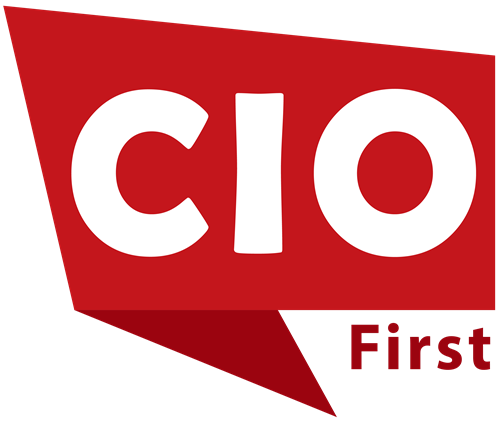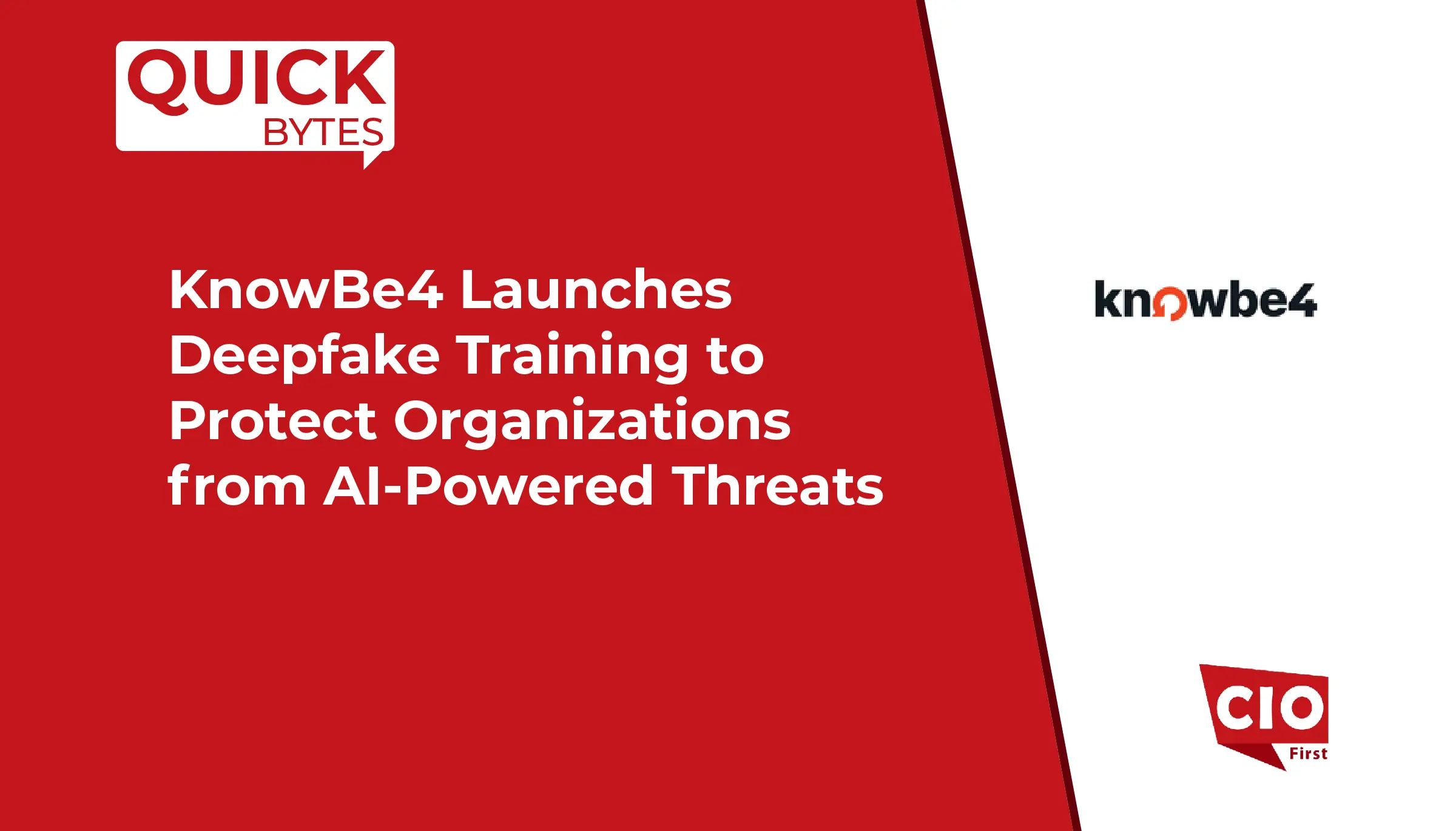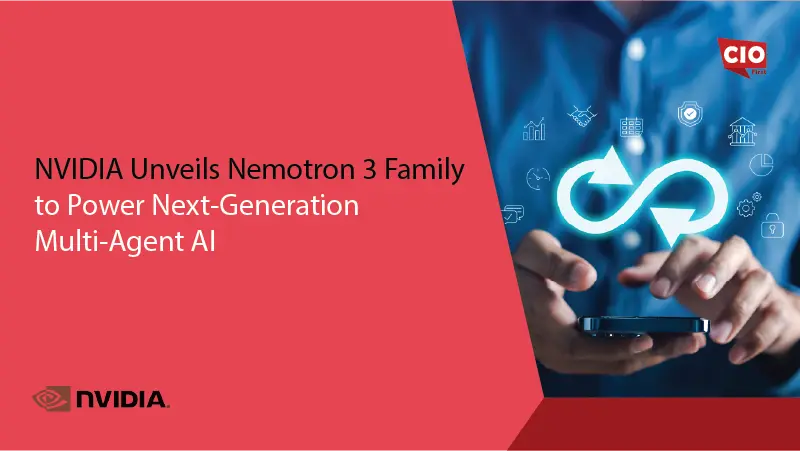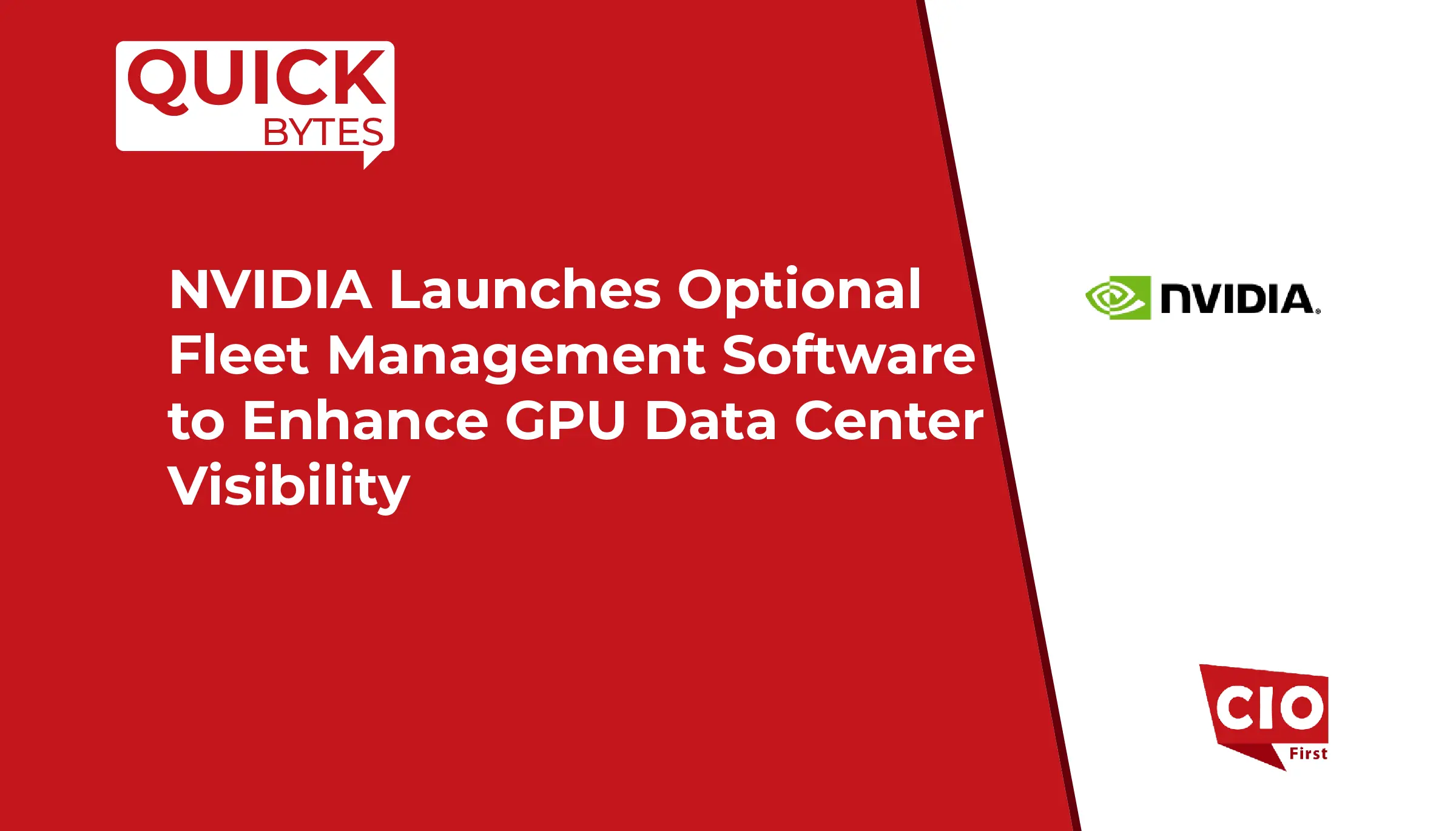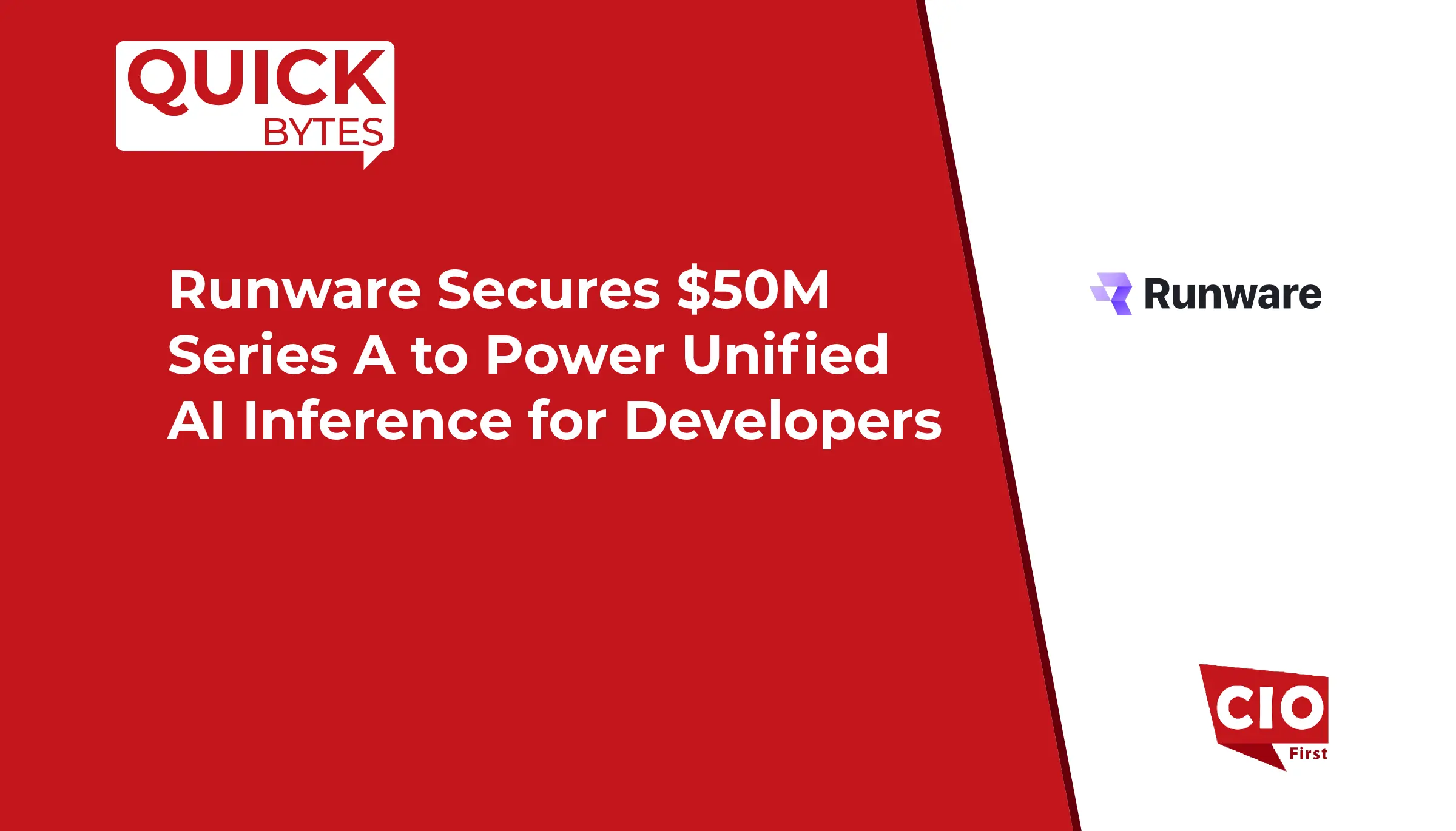AWS has introduced a new visual workflow experience in Amazon SageMaker Unified Studio for IAM-based domains that provides the ability to create serverless, drag-and-drop orchestration of data processing and machine learning pipelines.
With this enhancement, users can skip writing Python DAGs. They no longer need to manage complex orchestration code in tools like Apache Airflow. Instead, they can define workflows visually. The visual design transforms into workflows with Amazon Managed Workflows for Apache Airflow (MWAA) Serverless. This combines top-notch orchestration features with an easier user experience.
What’s New – A Low-Code, Serverless Pipeline Builder
SageMaker Unified Studio includes tools for data ingestion and transformation. You can use Visual ETL and SQL querying with the Query Editor. Plus, interactive work is available through JupyterLab notebooks. Now, with its new visual workflow capability, one can:
Design complete data pipelines visually. Ingest data, clean and transform it, then run ML training or inference notebooks. Do all this as a directed workflow, without needing to write orchestration code.
Run and deploy these workflows in a serverless manner through MWAA Serverless, without managing any underlying infrastructure.
Scheduling, triggers, and monitoring can be automated. Data ingestion, ETL jobs, or analysis may run on arrival or according to schedules, while logging and execution history are built in.
AWS demonstrated the feature with an agricultural-analytics use case: ingesting hourly weather-station data, cleaning and transforming it, then generating ML-based irrigation predictions-all orchestrated visually.
Why This Matters for the Data Science Industry
1. Lowering the Barrier to Production-Ready Data Pipelines
While building robust, repeatable data pipelines often involves orchestration, scheduling, or error handling, operationalizing is typically the hardest thing that data science teams do. That barrier falls dramatically with the new visual workflow. Teams lacking deep DevOps knowledge or Airflow skills can now easily build, schedule, and run complex pipelines. This reduces their reliance on specialized orchestration engineers.
2. Faster Time-to-Insight, Leaner Teams
Companies can speed up data-to-insight cycles with drag-and-drop orchestration and serverless execution. This supports “data-first” operations. It allows quicker data ingestion, cleaning, modeling, and deployment. Lean teams can handle more data tasks. This is a big boost for startups, small businesses, and groups with limited resources. They depend on data or ML-driven choices.
3. Democratization of Data & ML Workflows
Workflows can be visually created without coding. This lets more people manage pipelines. This includes data analysts, business intelligence engineers, and ML-ops generalists. This democratization may blur traditional roles. Hybrid teams can form. Non-engineers help with data and ML pipelines. This lets core data scientists focus on building models and gaining insights.
Also Read: Kyndryl Launches Agentic AI Framework and Mainframe Services to Accelerate Enterprise Transformation
4. Serverless & Scalable Infrastructure: Cost and Operational Efficiency
Using MWAA Serverless removes the burden of managing servers, scaling, and uptime. An organization pays only for what it consumes. For workloads with variable data flow or periodic jobs, say every night ETL or batch ML inference, serverless orchestration can significantly reduce infrastructure overhead and optimize the cost-to-maintenance burdens.
5. Bringing MLOps Closer to DataOps / Analytics
Most data science activities involve a mix of data ingestion, cleaning, analytics, ML, and reporting. With Unified Studio in SageMaker, ETL, transformation, orchestration, notebooks, and ML all come together. The boundaries between data engineering, analytics, and the operations of ML blur. This could speed up MLOps adoption, make workflows easier, and ensure full accountability for data products.
Potential Impacts on Businesses & Organizations
Startups and SMEs: Smaller companies without engineering resources can now create data-driven workflows. They don’t need to hire specialized DevOps or orchestration experts anymore. This shift lets them compete with larger, data-savvy firms.
Large Enterprises: Big data teams can simplify orchestration infrastructure. This helps lower costs and complexity. This improvement makes experimentation faster. It also speeds up analytics and ML projects throughout the organization.
Data Science Consultancies and Services: Firms offering data science, analytics, or AI can use visual workflows. This speeds up delivery. This method cuts project costs and speeds up client onboarding. It’s especially effective for data pipelines, ETL, and ML services.
AWS’ move raises the bar for competitive platforms; vendors offering orchestration, scheduling, or MLOps tooling will need to match this level of accessibility with no-code or low-code workflow tooling, especially as vendors target SMEs or data practitioners beyond core engineering teams.
Cloud-native & Serverless adopters: Organizations using cloud-native infrastructure can benefit greatly. Serverless orchestration fits well with scalable, pay-as-you-use computing. This allows projects to grow without fixed infrastructure costs.
Challenges & Considerations
Custom Code for Complex Pipelines: Visual workflows work well, but complex pipelines need more. They often require conditional logic, custom triggers, and specialized error handling. In these cases, code-based orchestration is necessary. Organizations should carefully decide when to utilize visual workflows versus custom-coded solutions.
Learning Curve for Non-Engineers: Drag-and-drop tools reduce coding requirements. Data teams must adapt to new methods for orchestrating, scheduling, monitoring, and debugging. Proper training and governance practices are key.
Vendor Lock-in Risk: The solution (SageMaker + MWAA Serverless) is built for AWS. This may make it harder to switch to other clouds or on-premises platforms if you invest more.
Cost Management with Serverless Workloads: Serverless solutions eliminate fixed costs. Inefficient workflows, such as frequent scheduling and poor resource use, can cause unexpected costs. Continuous monitoring and optimization are crucial.
Conclusion: What This Means for the Data-Driven Future
The new Visual and Serverless Workflow Orchestration in SageMaker Unified Studio is a big step forward for analytics and data science. It simplifies building and managing data pipelines, including ingestion, transformation, modeling, and deployment. This speeds up the process and makes it more scalable. More companies are adopting data-driven strategies. As a result, the boundaries between data engineering, analytics, and ML will begin to blur. Low-code and no-code platforms are essential for data-driven businesses. Scalable infrastructure is also crucial for staying competitive. For many organizations, AWS’s update may be a tipping point at which data science becomes not just a specialized function but an integrated, agile part of business operations. With this in mind, for data science teams, it could reduce friction, accelerate delivery, and unlock new possibilities, whereas for businesses, it’s an opportunity to extract insights from data more effectively, with lower operational overhead.
